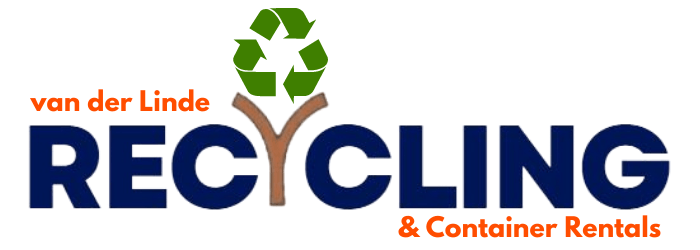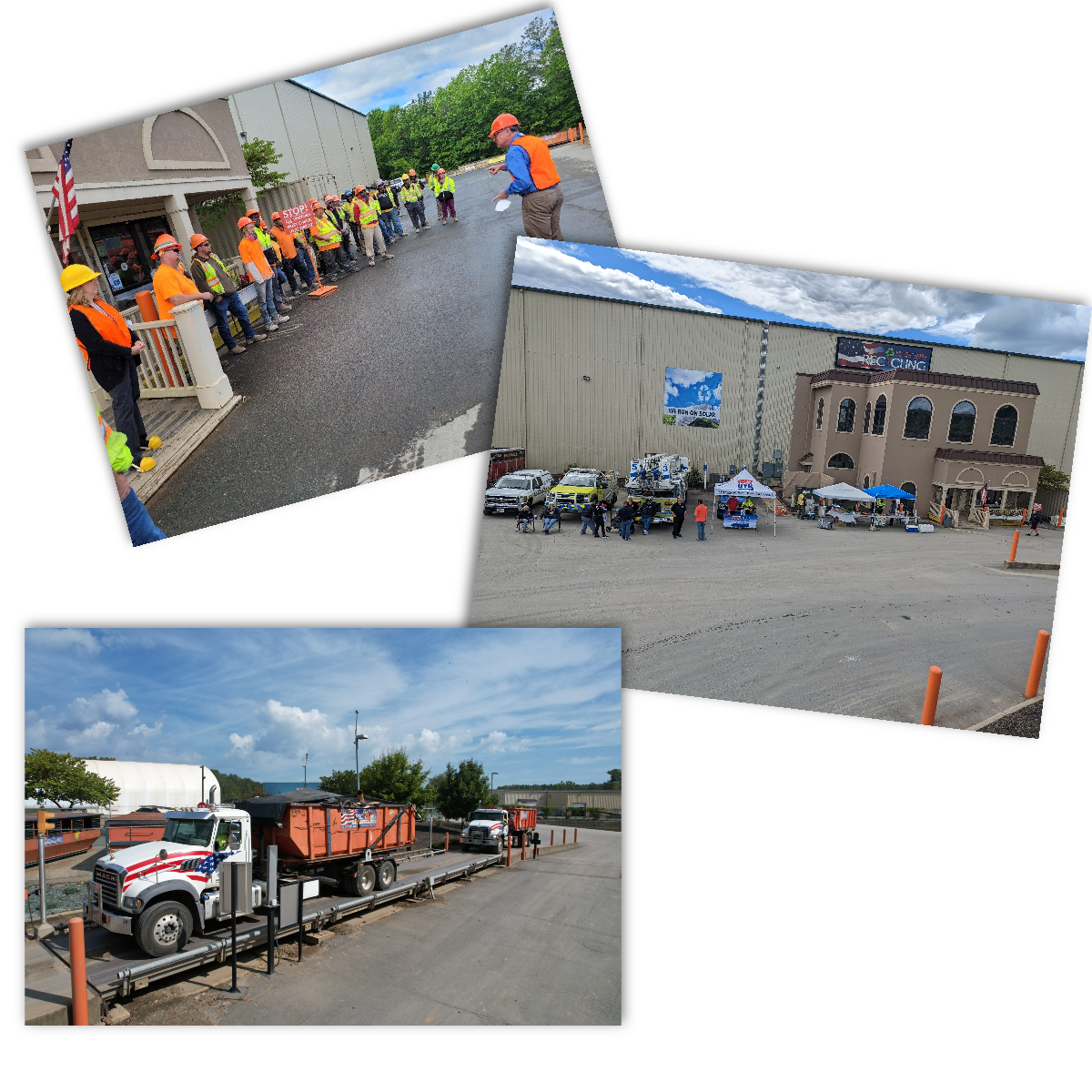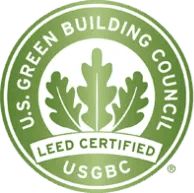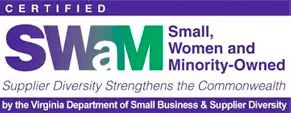Your Local Source for the Recovery and Recycling of Discarded Material
Since 2008, van der Linde Recycling has been committed to keeping construction and demolition debris out of landfills. We want to expand the definition of recycling to include items outside of curbside recycling. We make it convenient and affordable for contractors, businesses, and homeowners to dispose of items they may not think of as traditionally recyclable, such as shingles, carpet, rigid plastics, wire, fluorescent bulbs, brush, stumps, and metal items such as bed frames, shelves, bikes, lawn furniture and appliances.
Our History
When faced with the question "Where does it all go?" our founder Peter van der Linde didn't like the answer when he asked about the millions of tons of construction and demolition debris produced in the Commonwealth of Virginia each year. Most of it ended up in landfills. In 2006, he set out to change that.
Mr. van der Linde did something groundbreaking when he opened the only full-service state-of-the-art collection and recycling center in central Virginia explicitly dedicated to construction and demolition debris. Keeping C&D debris out of the landfill has remained at the forefront of our mission.
Today, innovation is at the heart of our business. We are continuously striving to implement new processes to recycle more materials that otherwise end up in landfills. Follow our Facebook page to learn more about our latest innovations!
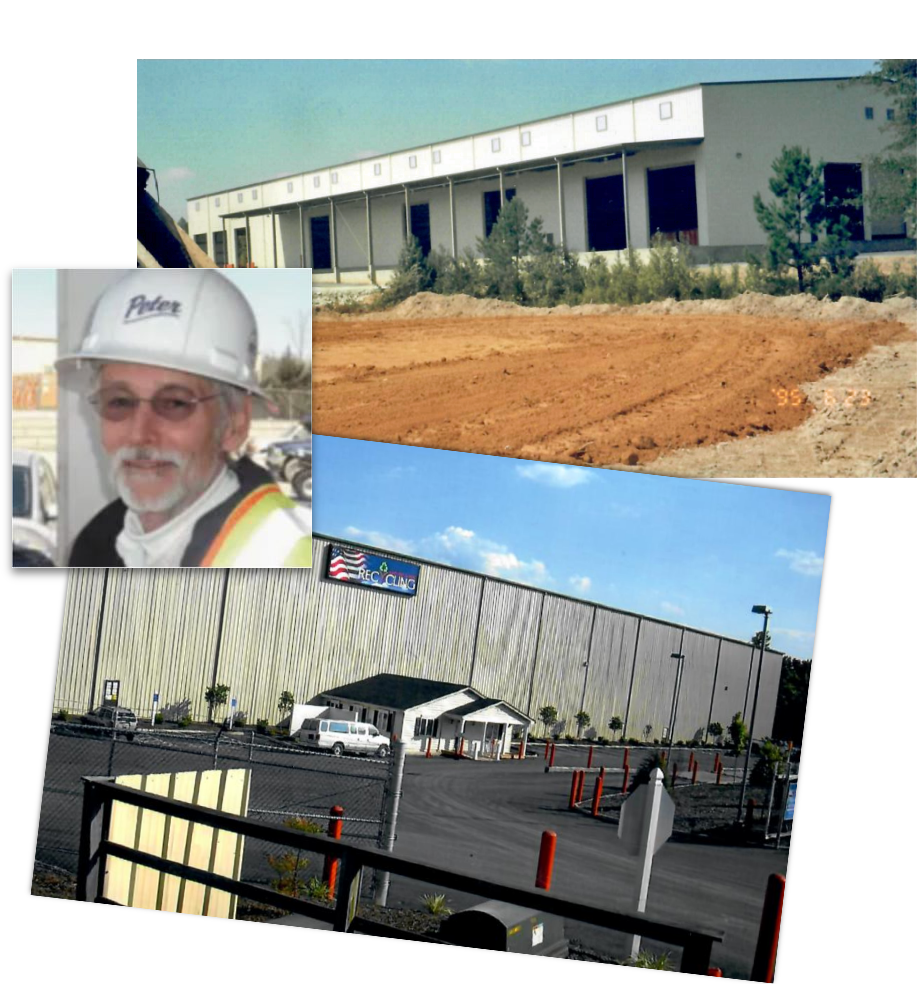
Serving our Community
Did you know that in 2020, 70% of solid waste managed in the state of Virginia ended up in landfills? At van der Linde Recycling, we are committed to doing better! Any time you see our signature orange dumpster, you know that extra care is being taken to divert waste from landfills.
We haul construction, demolition and residential debris to our facility, sorting it into three categories. First, some materials, such as metal, cardboard, and plastic, are sent to a local third-party recycler. Second, the remaining recyclable material, such as wood, cinder block, shingles, and concrete, is used to produce mulch, gravel, topsoil, road base and fill dirt. Finally, material that cannot be recycled is sent to landfills.
Our recycling facility is also open to the public to dispose of items that curbside recycling will not pick up. You'll be amazed at what we can recycle! Plastic toys, PVC piping, lawn furniture, metal shelving, grills, lawn mowers, car parts, bed frames...and much more! We are conveniently located right off I-64 near Zion Crossroads.
Your streamlined business model, the ease of establishing an account with your company, and your pricing structure are far superior. At every opportunity, I have and will continue to recommend your company highly!
- JAN H. JAEGER
We support EarthCraft and LEED certification
According to the U.S. Green Building Council (USGBC), “Buildings have a substantial impact on the health and wellbeing of people and the planet. Green building is the practice of designing, constructing and operating buildings to maximize occupant health and productivity, use fewer resources, reduce waste and negative environmental impacts, and decrease life cycle costs.”
Your project may be eligible for a Leadership in Energy and Environmental Design (LEED) credit in the Materials and Resources (MR) category focused on minimizing the embodied energy and other impacts associated with the extraction, processing, transport, maintenance, and disposal of building materials.
For more information on green buildings, attaining LEED certification, and downloading the USGBC LEED Building Design + Construction Guide, visit usgbc.org.
